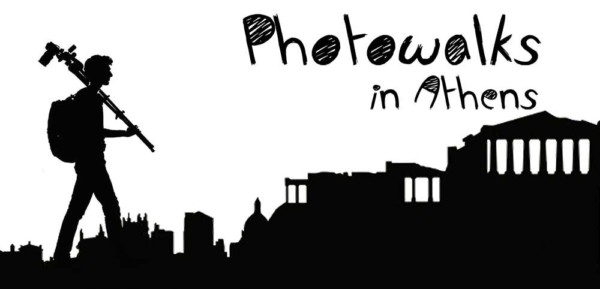The stars moving around the North Star over Agios Ioannis Prodromos Church, Sounio, Greece
On the southernmost tip of the Attica peninsula, on Cape Sounion – just 30 minutes’ drive from Athens, stands the ruins of Agios Ioannis Prodromos Church.
Besides sunset goers, one can see a lot of photographers there from time to time. Others in the late afternoon experimenting on sunset photographs, others late evenings going for full moon photos and others later in the deep night (as I found myself) for astrophotography.
Astrophotography is a fine opportunity for a small ‘city get away’ since you need dark skies away from the city’s light pollution, get close to nature for a while and catch up with friends; it is always better to be with a friend photographer to spend the many, long hours needed for that kind of photography.
Enjoy!
*Polaris has been “the North Star,” the star that stands still in the night sky while the other stars rotate around it, since about the 1200s. Due to Earth’s axial procession, Earth’s North Pole points to different stars (or starless areas) over time.
The North Star is prominently close (about two thirds of a degree) to the north celestial pole which is directly overhead of the viewer at the North Pole on Earth.
Polaris is called “Cynosura” in Greek, which led to the English word “cynosure” (something that guides you, something you can depend on).

